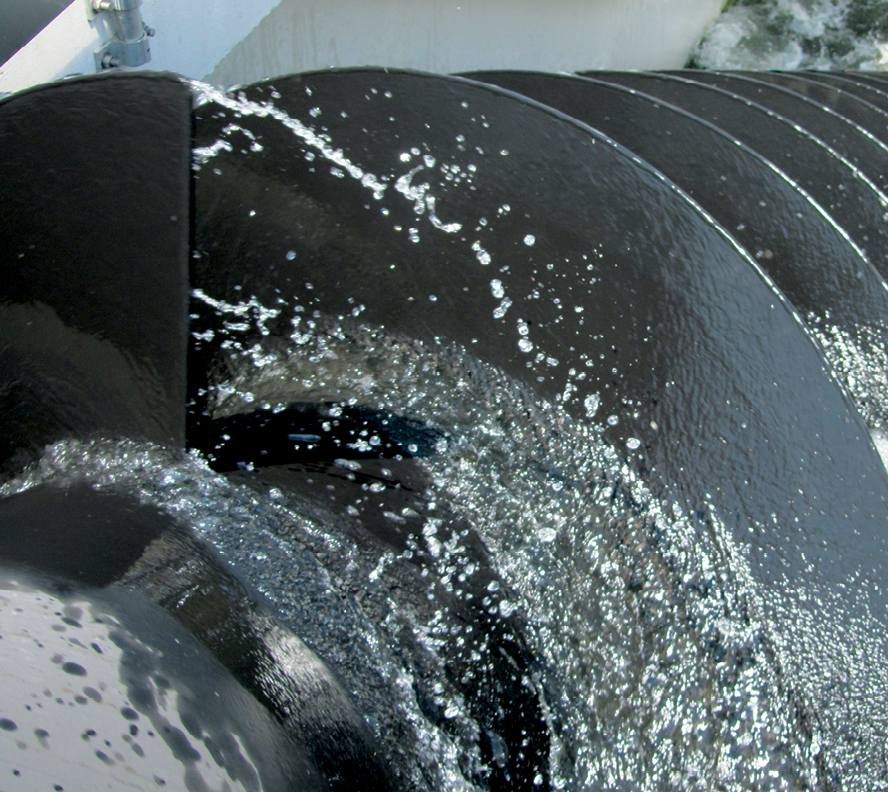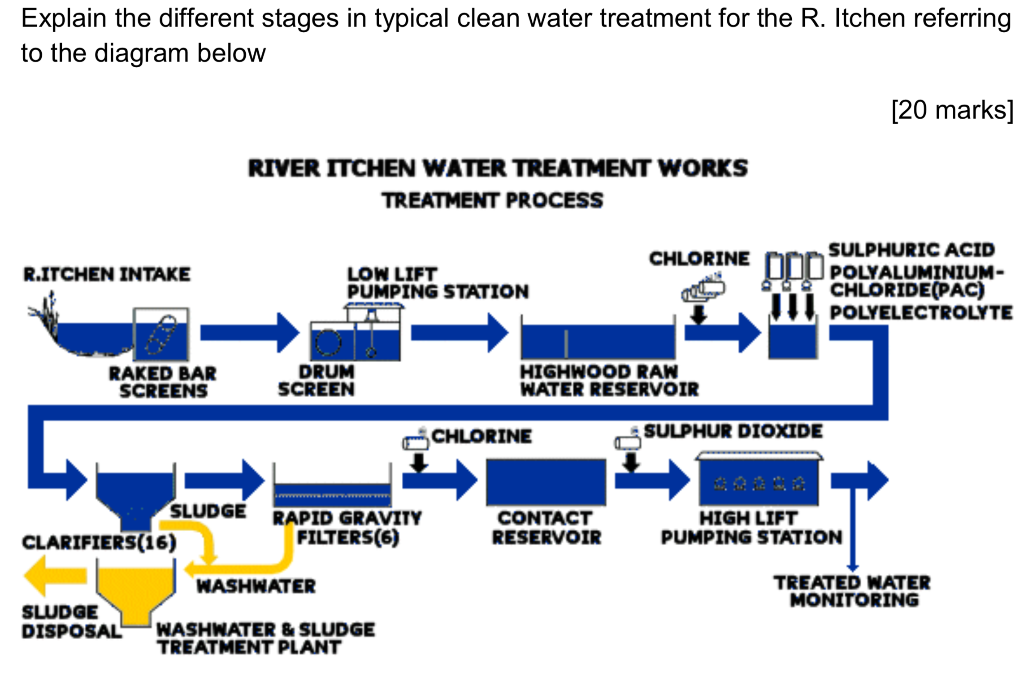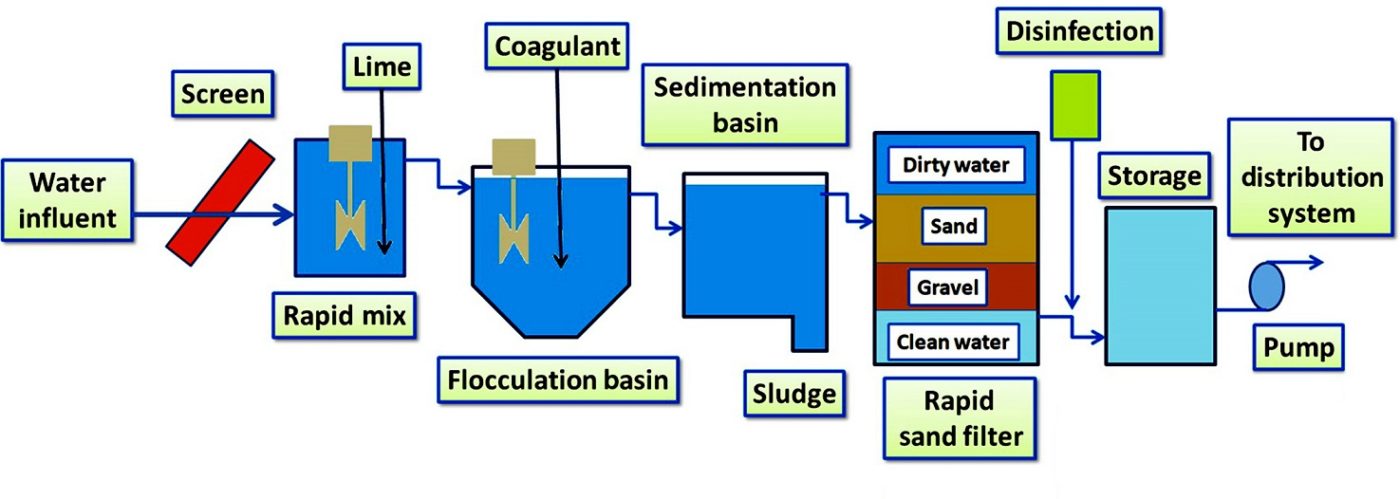The Basic Principles Of Water Treatment For Well Water
Table of Contents4 Easy Facts About Water Treatment For Well Water DescribedNot known Details About Water Treatment For Well Water The Buzz on Water Treatment For Well WaterWhat Does Water Treatment For Well Water Do?
In this blog, we will certainly cover the four sorts of water therapy plants, just how they work and the several industrial applications of each kind. Allow's obtain started! Sorts Of Water Therapy Plants 1. Wastewater Therapy Plant (WWTP) Wastewater is the water that originates from water used in residential, agricultural, commercial along with medical or transportation tasks.on the other hand, originates from production, industrial and also industrial tasks brought and has a totally different composition than sewer water. Exactly how does it work? The initial step in this water therapy plant is that the wastewater drains to the plant with the aid of gravity with the major drain system.
In this stage, the water relocates via the gravel chamber to eliminate any kind of grit. The gravel is then dealt with at the dump. The water then relocates to bench screens which get rid of big things. These are course displays. Next off, the great screens get rid of smaller sized items such as undigested foods, or matches, etc.
This is then eliminated from the tank as well as disposed of at the dump. Next comes the sedimentation stage, likewise understood as the primary treatment. In this stage, the water streams to the main settling containers, additionally called pre-settling basins. These storage tanks have hoppers which are located in the base of the storage tank where water flows through.
8 Easy Facts About Water Treatment For Well Water Shown
These clearing up storage tanks enable the sludge to work out and after that relocates to digestion tanks. In the food digestion storage tanks, the sludge is warmed as well as combined. An additional important point that happens here is the production of biogas, which the wastewater treatment plants can reuse, in the manufacturing of electric or thermal energy which is another substantial advantage to the environment.
This makes it possible for the splitting up of water from the semi-solid sludge, whereas the continuing to be sludge undergoes the mechanical procedure once again for dewatering, that is taking out as much water from the sludge as possible. The sludge after that left after the digestion and dewatering procedure is complete, is finally disposed of in the dump.

The last step in wastewater therapy is examination. This assessment involves examining the contamination level of the water treated and making sure it adheres to the greatest criteria in order to be released or reused for residential or industrial functions. Applications: The majority of oil refineries or petrochemical along with chemical sectors generate a large amount of wastewater and call for on-site wastewater treatment plants.
The wastewater here streams via displays and also into negotiation basins that can get particles in big quantities. It acts as a pre-treatment as specified above as it occurs before 3 even more aggressive stages- primary, secondary and also tertiary treatment. Key Treatment Throughout this phase, the wastewater relocates right into the clarifiers.
Water Treatment For Well Water for Beginners
It is the style of these containers that lead to working out, that is, the organic strong issue collects at the base of the tank while the lighter matter floats to the leading coming to be simpler for elimination. The organic matter that clears up at the base is referred to as a primary sludge blanket.

This RAS returns right into the primary clarification container as well as the microorganisms in it aids in damaging down any type of raw material in the sewage. When RAS has actually entirely gone with both the primary and secondary information containers constantly, i. e numerous times, it is become waste-activated sludge (WAS) (water treatment for well water). The WAS after that does not go back to the main explanation container but rather transfers to the protected tanks, i loved this additionally referred to as aerobic sludge digesters.
The continuing to be sludge relocations to the dewatering center that contains dewatering storage tanks where the plant makes use of belt presses to press any continuing to be water out of the sludge. Tertiary Treatment Tertiary treatment complies with the procedure of both key as well as additional procedures yet also on top of that involves mechanical as well as photochemical processes.
Excitement About Water Treatment For Well Water
The purpose of this is to get rid of as much solid physical matters as possible before sending out the effluent for additional therapy. Right here chemicals are included to break down any type of solid and chemical waste.
There are 2 More hints sorts of resins- one is an anion one while the other is a cation one. These previous resins release hydroxyl ions which are adversely billed while the cation resins launch hydrogen ions that are favorably charged. The cation-exchange resins bring about softening of water, the anion-exchange cause the removal of nitrate from wastewater and also the mix of both the anion as well as cation exchange gets rid of practically every ionic contaminant existing in the feed water with a procedure called deionization.
Applications: Demineralization results in the total elimination of minerals from the water and also is typically made use of in markets that call for water with high levels of purity, for instance- make-up or feed water in high-pressure boilers, the food and also beverage sector, and procedure streams utilized in the production of electronic devices. Continued They are additionally used in sectors for the generation of steam, power and air conditioning (water treatment for well water).
